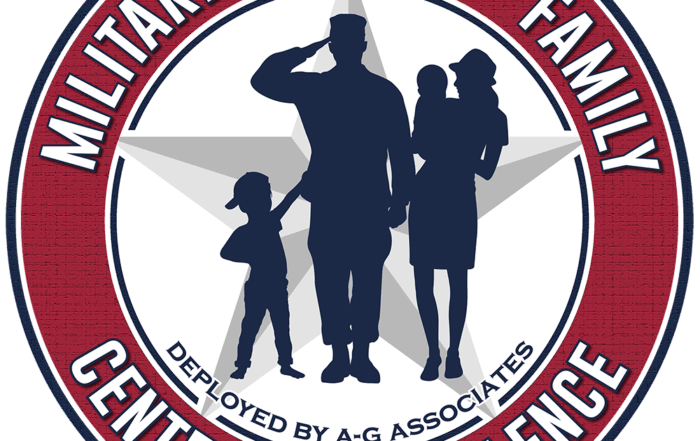Creative Networking in a New Zip Code

I grew up in Tampa, FL. I completed my bachelor’s and master’s degree at the University of South Florida. I established my career in education and created a solid network. My husband and I had supporting families who doted over our children. I was very comfortable. You can imagine the many emotions I felt when my husband told me that we were moving across the country (and an ocean!) to Hawaii for his career. While my husband was excited about this new opportunity within his agency, my career was left in a state of uncertainty.
Many spouses in the military, law enforcement, and government communities, as well as the private sector, find themselves in similar predicaments, wondering what will happen to their careers in their new locations. Some will want to stay on the same career path while others will choose to reinvent themselves. In my case, I took this opportunity to reevaluate what I wanted to do for a living and chose a new career.
During countless conversations with successful spouses in these communities, I found that a person’s network must be a priority for pursuing their desired career, especially in a new zip code. To do this, I thought about gathering feedback from others to use in a Design Thinking approach. I have listed the steps for this creative process.
Step 1: Assumption Storming
You will have many assumptions about what this process will be like. Write them all down. Nothing is too naïve nor silly. Then create questions around those assumptions to devise a discussion guide to seek advice.
Step 2: Interview Experts (Empathize)
Find others who have gone through the same experience and interview them. Military spouses would be a great source, as they move from place to place every few years. Using social media connections is a great way to gain insight from those who have gone through this. Interviewing 8-15 people would be ideal, so you can see patterns and some unique ideas. Once you start interviewing, make sure to take detailed notes and ask follow-up questions. Consider using the recording device on your phone or a free app like Otter.ai.
Step 2: Synthesize (Define)
Review your notes and begin to organize them into themes. Based on this, develop the criteria for how you want to re-establish your network to find a career in your new destination. These criteria will be pillars or must-haves. For example, if certification or degree is a must-have, then consider the pros and cons of obtaining it.
Step 4: Ideate
This step is where you can begin to brainstorm how you can re-establish yourself, using the criteria or pillars you created. List all the ideas that come to mind. Nothing is too far-fetched, and you can even combine a few suggestions to potentially come up with a new idea. For example, one person may have suggested joining professional groups in your career path, and another thought that job fairs were effective. A new idea could be to find job fairs being held by those professional groups. Be creative in this phase.
Step 5: Prototype
Look over your ideation and create a plan of action. Consider having your interviewees look over your prototype (plan), so they can give you feedback. Think about a timeline along with your goals for performance and desired impact. For example, if you submit 30 resumes per month, how many interviews do you want from that? When do you want to have an offer?
Step 6: Test it Out!
Begin rolling out your plan. Throughout the way, stop to reflect on the results. How many new connections are you making? Are some of them associated with your fields of interest? If you like what you are seeing, continue with your plan. If not, go back and review the notes from the previous steps to see what you can tweak.
Many of us here at A-G Associates are military spouses who understand the strain that comes with consistently having to find new career paths. Design Thinking is a great technique when you need to solve problems of all kinds using the combination of feedback, planning, and developing creative measures. We have used these techniques with strategic planning efforts, research projects, and organizational change initiatives. Let us know how we can help you resolve your biggest challenges with our expertise.
Article written by Leandra Vera



